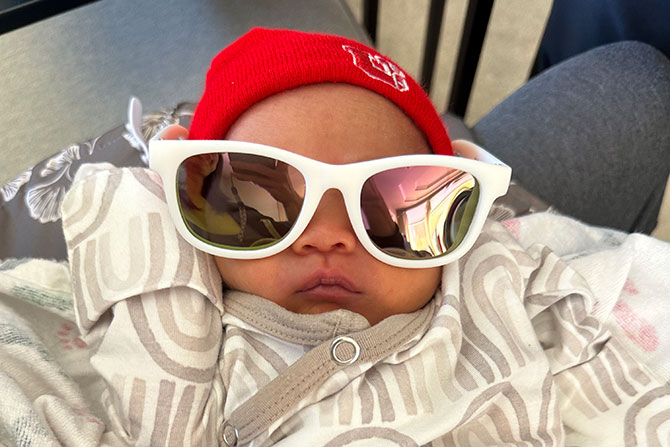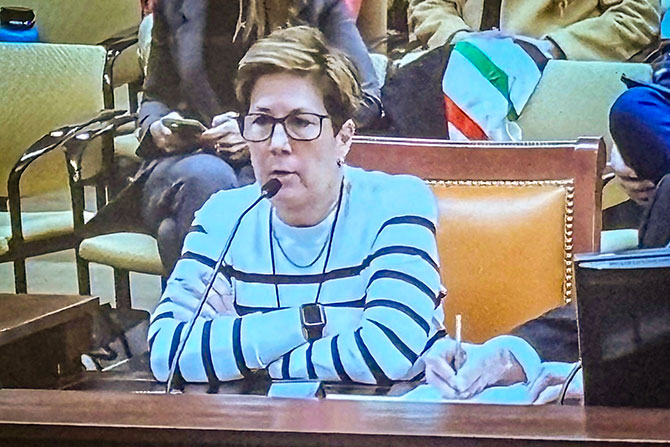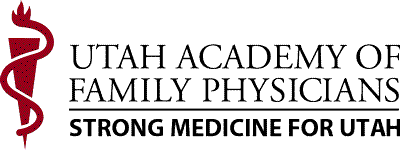Humans always seem to be looking for the fountain of youth, or just about any way to delay getting older. The field of “regenerative medicine” is one that aims to reverse, or at least slow and delay, the damage and decay of our bodies’ organs and tissues by utilizing the body’s own existing cells, structures and mechanisms for healing and repair. At the moment, however, “regenerative medicine” may be more of a misnomer, or perhaps false advertising. It might be tempting to think that “regenerative medicine techniques” could regrow cartilage in an arthritic knee, build up a thinned and degenerated disc in the spine, or regrow a knee’s anterior cruciate ligament (ACL). While this last example does actually show some promise, with the development of the Bridge-Enhanced ACL Restoration implant, for a patient thinking about “regenerative medicine,” they are more often looking at treatments for chronic degenerative conditions, such as osteoarthritis or tendinopathy.
Treatment options such as Platelet-Rich Plasma (PRP), Bone Marrow Aspirate Concentrate (BMAC), stem cell therapies, and extra-corporeal shockwave therapy (ESWT); or even viscosupplementation with hyaluronic acid formulations, are often touted as alternatives for the more classic steroid or cortisone injections. Many of these are more accurately described as orthobiologics, a subset of regenerative medicine that consists of orthopedic treatments derived from biologic materials.
PRP
In the case of PRP, a volume of the patient’s blood is taken out by venipuncture, processed through a centrifuge to separate the components and the concentrated plasma fluid containing platelets, associated cytokines and growth factors is collected. This fluid is then injected into the target area, often a tendon or joint space, sometimes around a nerve, or into or around an intervertebral disc. Treatment may consist of a single injection, or sometimes two or three spaced a few weeks apart. Best practices and protocols are still in development, and there is some variability in these methods. Typically, insurance will not cover PRP, which may generate a bill anywhere from several hundred to several thousand dollars — much of this comes from the materials used for processing the patient’s blood. A centrifuge may cost $5,000-$10,000, but can be reused, while the non-reusable blood draw and processing kits typically cost $200-$500. PRP tends to be most effective in cases of early knee arthritis or chronic tendinopathy lasting six months or longer, including tennis elbow, Achilles tendinitis, patellar tendinitis and rotator cuff tendinopathy. It can also be particularly effective in treating rotator cuff tears without surgery.
BMAC and Stem Cell Therapies
BMAC costs are typically even higher than PRP, ranging from $3,000-$10,000 or more, due to the more complicated processing of the extracted materials. Conceptually, it is somewhat similar to PRP, although instead of taking blood, a sampling of bone marrow is taken, typically from the iliac crests in the back of the pelvis, and processed to extract circulating mesenchymal stem cells, which can theoretically differentiate into cartilage, bone and other tissues. However, while there are certainly anecdotes and individual cases where it seems that cartilage and joints have “reversed” their degeneration, the overwhelming body of literature, meta-analyses and randomized controlled trials indicate that the miraculous regrowth of cartilage or reversal of aging are more likely rare exceptions, and those results cannot be reliably expected.
Adipose
Derived stem cells, essentially a combination of liposuction followed by processing the removed fat cells to extract stem cells from the fat tissue, can then be injected into the target tissue for repair. It is very similar to BMAC, with a similar typical price range of $5,000-$10,000. However, studies have found high variability in the number and quality of stem cells actually obtained from these extraction techniques, which makes studying the reliability of this treatment technique particularly challenging when the “dose” is not held constant.
Viscosupplementation
Sometimes called the “gel shot,” this treatment involves injecting laboratory-derived hyaluronic acid, which is a chemical typically found in cartilage and joint structures, into a joint to rehydrate the cartilage structures (typically in the knee) and decrease the inflammatory pain signals thought to account for arthritis pain. This treatment has been around and in widespread use much longer than PRP, and accordingly, has more developed studies. Some support greater efficacy and longer pain relief than steroid injections, while others tend not to show much of a difference. Because it uses FDA-regulated materials for injection, Medicare will often cover the cost in approved clinical situations, and commercial insurances often follow suit. However, these vials of hyaluronic acid can cost over $1,000 each (and were studied and approved as a three-shot series), and it may be difficult to get insurance company approval. Out-of-pocket, these can end up at a comparable cost to PRP injections, and the newer research, particularly for mild-to-moderate osteoarthritis of the knee, may in fact favor PRP as more likely to help overall and for a longer duration.
ESWT
ESWT is a non-invasive, non-injectable treatment that is sometimes grouped with orthobiologics because of the theoretical regenerative potential. This treatment uses high-energy sound waves to send pulses of vibration deep into the damaged tissues, stimulating the body’s intrinsic healing mechanisms or otherwise modulating an abnormal inflammatory response. These high-energy vibrations are reported to stimulate cellular repair pathways and increase blood flow to the affected area. The cost of treatment varies depending on the duration of treatment and the type of machine used. The machines can cost $20,000-$60,000. The probe that contacts the skin and delivers the sound waves wears out over time and needs to be replaced periodically, adding an additional hardware cost of around $3,000 per probe. Most benefits are realized between three to five treatments, depending on the condition being treated, with each treatment typically costing the patient about $250. For the needle-averse patients with chronic tendinopathy or plantar fasciitis, this may be a superior treatment option and may in fact be more effective as an intervention than traditional orthotics, physical therapy, home stretching and analgesics. There is also a 2023 meta-analysis to support its use in chronic low back pain, demonstrating better pain relief and lumbar dysfunction at both four and 12 weeks with the use of ESWT compared to control groups.
While “regenerative” may be an overstatement, there certainly is potential for symptomatic and (in some cases) structural benefits from these newer, yet established, treatment options. Studies demonstrating reliable regeneration of cartilage or cellular tissue repair is missing, but these treatments do have a robust body of literature demonstrating their potential for pain relief and/or improved physical function. When a patient asks if they need surgery, these options, and their financial cost, should be weighed against the financial and other costs of surgical intervention. However, it is important to help manage patient expectations as results are certainly not guaranteed.
This has been reprinted from the spring 2025 issue of The Ohio Family Physician, the quarterly publication of the Ohio Academy of Family Physicians.










